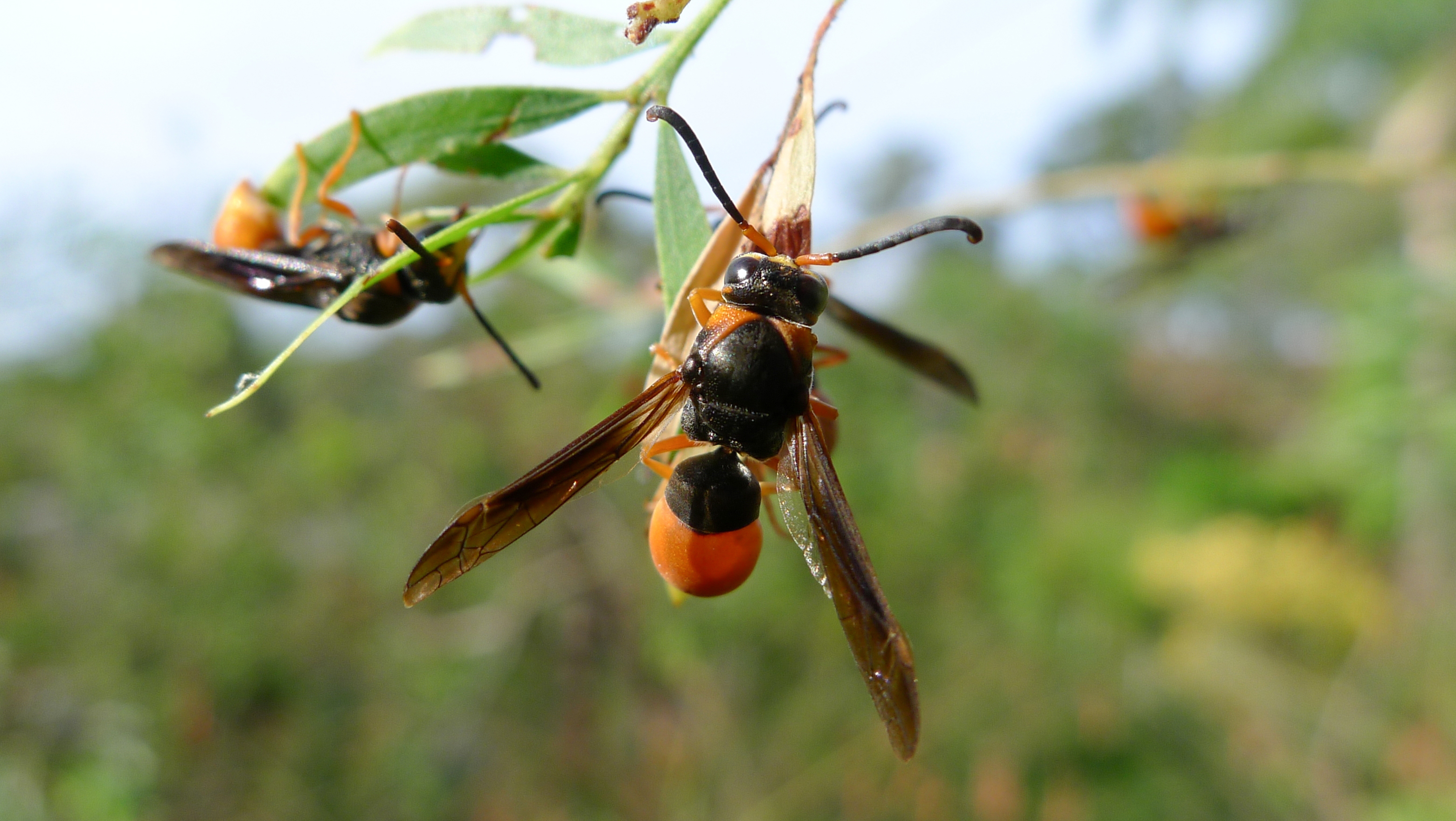Wasps in your rental: Responsibility and treatment
Wasps rarely go out of their way to sting, but may become hostile if threatened. Here’s how to handle a potential wasp infestation at your rental property.
Know your enemy
Wasps vary enormously depending on the species. Most have two pairs of wings and a pinched waist. They will vary in size from almost microscopic to a couple of cm in length, and range in colour from black to more vibrant metallic greens and blues.
You might have a problem with wasps if…
You spot a wasp or hornet nest on your property. Finding it will be relatively simple – most wasps try to set up camp in mid-summer, so if you spot a constant stream of wasps flying in the one direction, you can assume a nest is nearby. They like building their nests near food sources, so if you’re being bombarded with wasps at home, chances are that they’ve found a food source and are attempting to build their nest nearby.
As you search your home, you might stumble across old, dead nests from previous years. Don’t stress – wasps will not reuse old nests.
Why are there wasps in my house?
Wasps are attracted to flowers and plant life, so it’s no wonder they flock to eaves and gutters on the exterior of your home. If you don’t cover up your rubbish properly (or regularly empty it), you’ll probably find this draws them in too. Patios and other outdoor eating areas are another hot spot for wasps – they’ll go looking for any crumbs or sticky surfaces from spilled drinks. If your home has plenty of insects and spiders around, they’ll also invite hungry wasps into the mix.
Where will the wasps hide?
Crevices and food sources aside, wasps may also try to build their nests indoors (which isn’t ideal for anyone). If you find swarms of wasps in your home, you might have a nest built inside a crack in your cupboard or in a door that has loosened. Do you have recessed lights in your ceiling? This can also attract wasps.
Steps to take against wasps
The best way to stop wasps from kicking into gear with their nesting behaviour, you should try to take preventative action in Spring and Summer. Seal off any entry points to your home because any changing weather patterns may open small crevices around your doors and windows that opportunistic wasps will love. Is your home’s insulation suffering? It could be a sign that your rental is vulnerable to nesting activity.
Take away any food sources that might attract wasps, including pet food and old leftovers. Try not to leave open soft drink cans or sugary foods lying around your home or backyard. If you have a birdhouse on your property, line the area under the roof with aluminium fool – it will help to avoid nests. Another hot tip is to line the underside of the roof with a common bar soap to last you through a season of nesting.
Are landlords or tenants responsible for a wasp infestation?
No one wants to deal with a wasp infestation. As a tenant, you’ll be responsible for the eradication of wasps in or around your property if the infestation occurs after you move in and if the infestation was caused by your lack of cleanliness. For example, if you’ve been living in your rental for several months and a wasp infestation occurs, you will usually have to pay for the pest control service.
The landlord will generally be responsible to sort the pest control out if wasps are present in a wall cavity or similar, or if they were present at the start of the tenancy.
Originally published by rent.com.au





